John Singleton Copley (1738-1815)
Get a Copley Certificate of Authenticity for your painting (COA) for your Copley drawing.
For all your Copley artworks you need a Certificate of Authenticity (COA) in order to sell, to insure or to donate for a tax deduction.
Getting a Copley Certificate of Authenticity (COA) is easy. Just send us photos and dimensions and tell us what you know about the origin or history of your Copley painting or drawing.
If you want to sell your Copley painting or drawing use our selling services. We offer Copley selling help, selling advice, private treaty sales and full brokerage.
We have been authenticating Copley and issuing certificates of authenticity since 2002. We are recognized Copley experts and Copley certified appraisers. We issue COAs and appraisals for all Copley artworks.
Our Copley paintings and drawings authentications are accepted and respected worldwide.
Each COA is backed by in-depth research and analysis authentication reports.
The Copley certificates of authenticity we issue are based on solid, reliable and fully referenced art investigations, authentication research, analytical work and forensic studies.
We are available to examine your Copley painting or drawing anywhere in the world.
You will generally receive your certificates of authenticity and authentication report within two weeks. Some complicated cases with difficult to research Copley paintings or drawings take longer.
Our clients include Copley collectors, investors, tax authorities, insurance adjusters, appraisers, valuers, auctioneers, Federal agencies and many law firms.
We perform John Singleton Copley art authentication, appraisal, certificates of authenticity (COA), analysis, research, scientific tests, full art authentications. We will help you sell your John Singleton Copley or we will sell it for you.
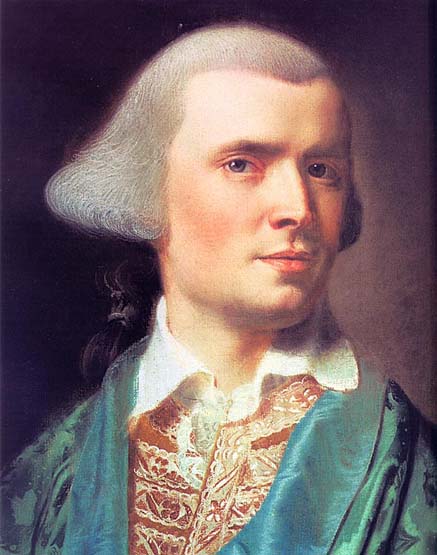
John Singleton Copley is regarded by most art historians as the finest painter of colonial America. Born in Boston to Irish immigrant parents, Copley was influence by famous portrait painter John Smibert, and mainly painted historical subjects and portraits.

Some of Copely’s portrait sitters eventually became important figureheads in American history, including one famous sitter, Paul Revere. This painting was actually hidden away in an attic by Revere’s family for many years because, at the time, this portrait was very unconventional. Revere is portrayed without a coat, which was unheard of for gentlemen of the time. He is pictured with a piece of silver, symbolizing his craft as a silversmith, which also may have made him look like a common workman to his family. However, there is much history behind this painting.

Painted in 1768, this portrait of Revere reveals much more than meets the eye. During this time, there was extreme political tension in America between the Whigs and the Tories. Revere was a Whig, and extremely political while Copley was somewhat indifferent to politics, though related to a family of Tories. Perhaps the reason why Revere chose to hold a silver teapot was politically motivated; a sly sarcastic nod to the tea drinking Tories. Furthermore, Revere is pictured wearing a linen shirt, made from cloth woven by local women. During this time, only imported linen was legal; and therefore, his absence of jacket was merely a way to display his locally made linen shirt and defy the Tories in the name of freedom. Despite the fact that Copley may have been more or less indifferent about politics, he signed the portrait in very small letters, signaling that most likely did not bring attention to himself from this painting. Nonetheless, this remains one of Copley’s most famous paintings today.
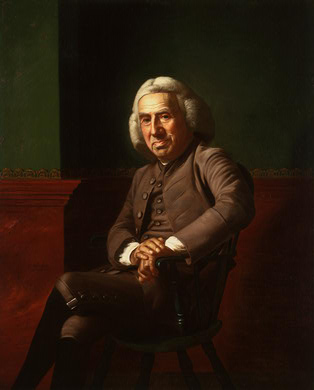
Copley would eventually immigrate to London in 1775, most likely due to the political tension in America. However, before he left, Copley made an undeniable mark on American art history.
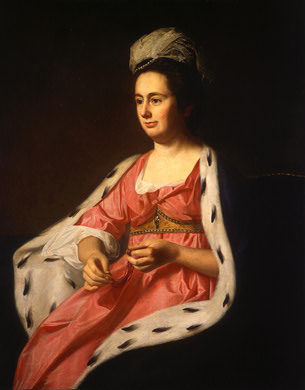
Copley began to paint around 1753, studying the rococo style under Josheph Blackburn. This is where Copley adapted the practice of portrait d’apparat; the theory of painting a subject with objects that they used on a daily basis, or objects that defined their personality. It is this technique that makes Copley so distinctively different from any other colonial American painter of the time. Other than this very small amount of informal training, Copley was almost unbelievable self-taught.
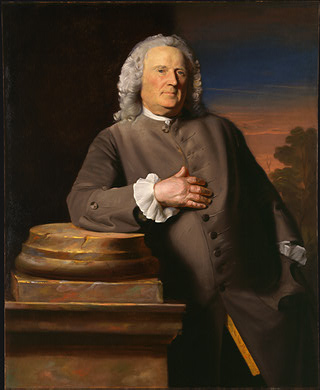

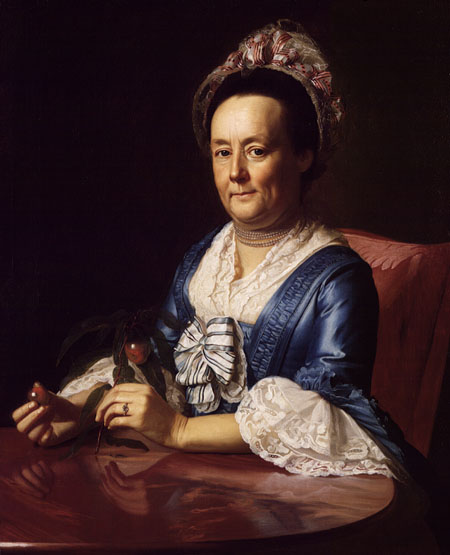
Although Copley had gained a great deal of success in Boston for his exquisite portraits, he set his sights on expanding his name. In 1766, he sent his painting “Boy with a Squirrel” to the Society of Artists in London.
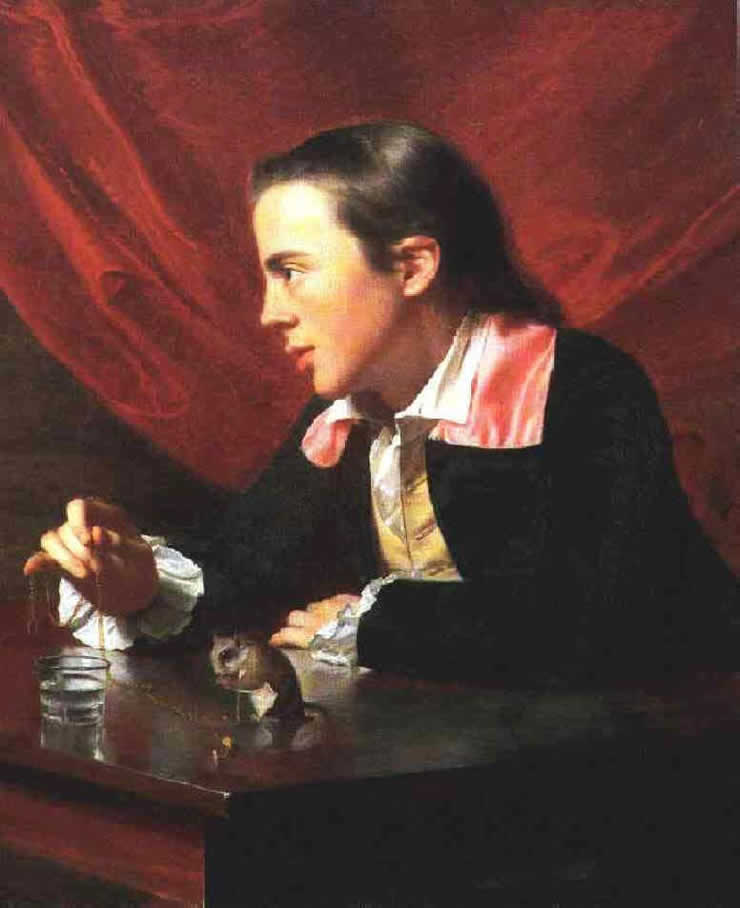
It received great praise from fellow American artist Benjamin West, who would eventually encourage Copley to move to London. Copley eventually did move, and it was there that his style changed dramatically.

Once in London, Copley began to paint less portraiture and more historical scenes.
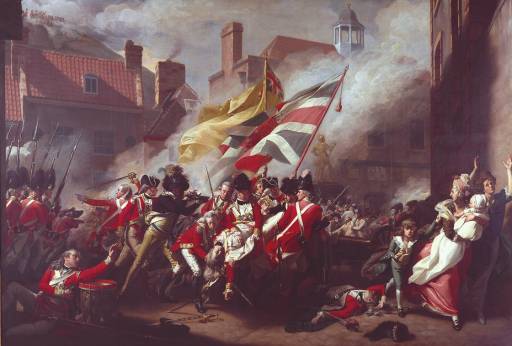
In 1788, he painted another of his famous paintings, “Watson and the Shark.” It was this painting that began Copley’s theme of man vs. nature.
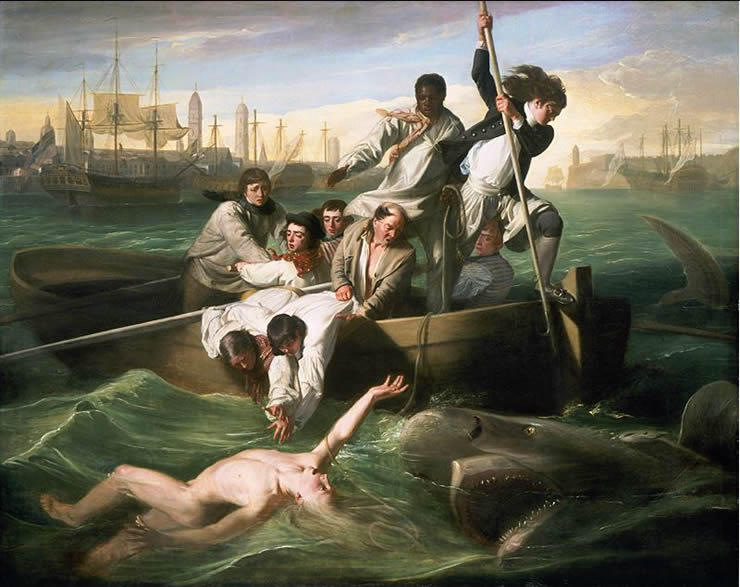
Copley lived the rest of his life in England, enjoying a moderately successful art career. Today his paintings are housed all over New England and England, and perhaps in your own home. Still wondering about a portrait hanging in your family estate? Contact us…it could be by John Singleton Copley.
Reviews
1,217 global ratings
5 Star
4 Star
3 Star
2 Star
1 Star
Your evaluation is very important to us. Thank you.
